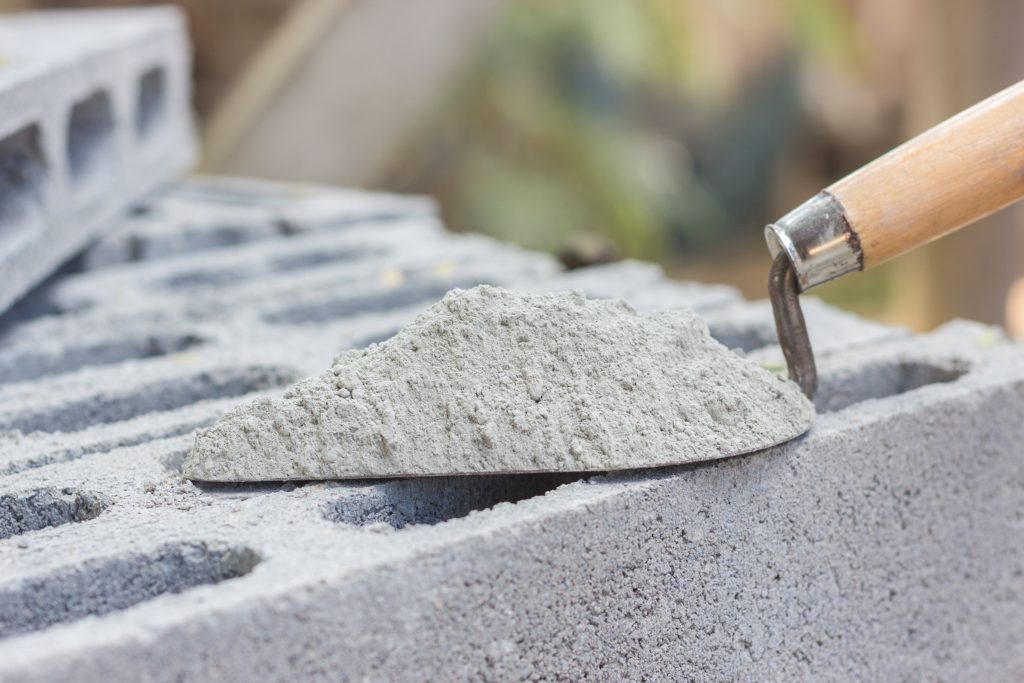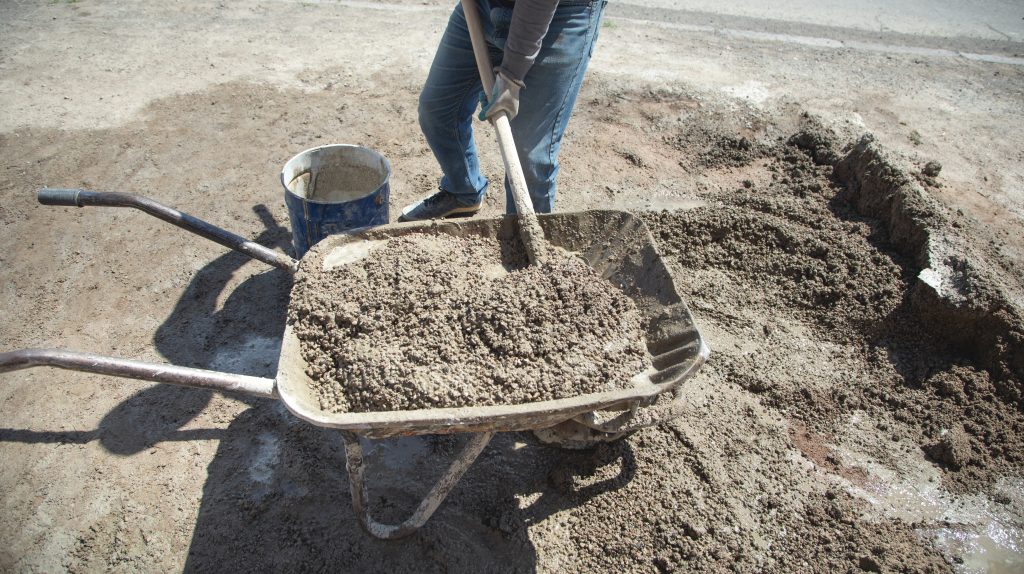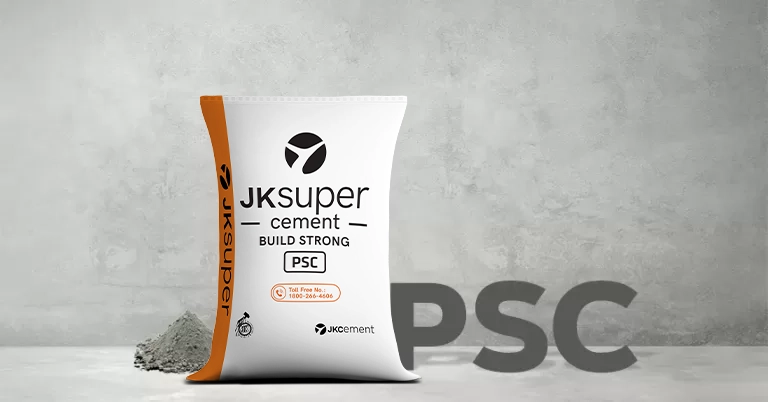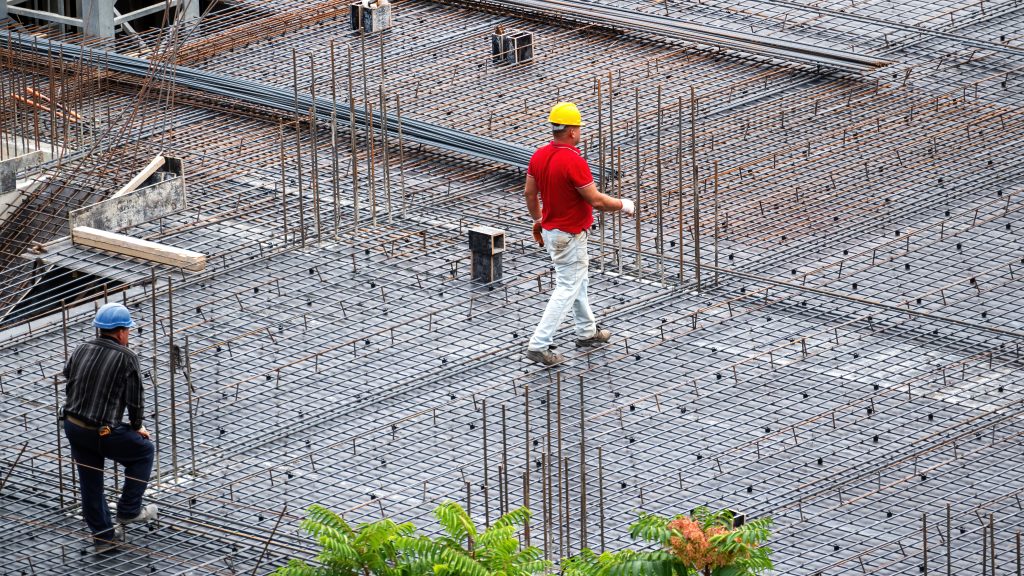Whether you are building a home, a bridge, or a high-rise building, the quality of cement matters. But not all cement’s quality remains the same, some can give you the desired results and some can make your job harder. That is why it becomes crucial to use high-quality cement. Quality testing helps us know if the cement is strong enough, will last long, and do its job well. Read on to learn more about cement quality testing to ensure the buildings and roads you make are safe and strong.
How To Check Cement Quality On-site?
These on-site tests for cement are quick indicators to evaluate its quality, especially for minor construction tasks.
Date of packaging (MFG Date):
Note the manufacturing date (MFG Date) on the packaging. The strength of cement might diminish over time. According to IS Specifications, if the cement is stored for more than three months, it should undergo retesting to ensure its quality and strength meet the required standards.
Visual inspection:
Check for a greenish-grey shade, which varies based on the cement type. Ensure there are no visible lumps or irregularities.
Sensory tests:
Put your hand into the cement bag and check whether it is cold or not. If it feels cold, it indicates freshness. Furthermore, take a pinch of cement and rub it between your fingers, it should feel smooth without any grittiness.
Float test:
Grab some cement and toss it onto a bucket of water. Watch closely as the cement particles float for a brief moment before gradually sinking. This indicates that the cement is of the right density and purity.
Consistency check:
Mix around 100 grams of cement with water to form a stiff paste. Shape the paste into a cake with sharp edges. Submerge it slowly underwater without disturbing its shape. After 24 hours, the cake should retain its original shape and gain some strength. If this does not happen, consider replacing the lot.
How To Check Cement Quality with Laboratory Testing?
When ensuring the suitability of cement for critical construction, confirming its adherence to Indian Standard Specifications becomes imperative. Factors like transportation, storage, and handling pre-use can impact its quality:
Fineness test:
The fineness of cement significantly influences its rate of hydration, the speed of gaining strength, and the heat evolution during the process. Finer particles offer a larger surface area, accelerating the development of strength. However, excessively fine grinding might lead to air setting and premature deterioration. The purpose of the fineness test is to assess the surface area of cement particles, determining their impact on strength development.
Setting time tests:
These tests assess the time taken by cement to set.
Initial setting time:
This time frame starts when water mixes with cement until the paste begins to lose its plasticity. The initial setting time is vital for handling, transportation, and placement of cement-based mixtures. Ensuring an adequate initial setting time allows for proper mixing and placement before solidification.
Final setting time:
The final setting time is the time between the instance water mixes with cement and the instance when the paste completely loses plasticity and attains sufficient firmness to resist specific pressure. It influences the completion of concrete placement and its readiness to withstand external forces.
Soundness test:
This test aims to detect any excessive expansion in cement after setting. Certain types of cement can undergo significant expansion after setting, leading to disruptions in the hardened mass and potentially compromising the structural integrity of the structure. Unsoundness can result from excess lime combined with acidic oxides in the kiln. It can also be caused by inadequate burning, insufficient fineness of grinding, or improper mixing of raw materials during the cement production process.
Heat of hydration test:
It aims to measure the quantity of heat released during the cement hydration process. This exothermic reaction can generate a substantial amount of heat. Understanding this heat generation is critical for managing temperature-related issues, especially in massive concrete structures like dams.
Chemical composition test:
This test aims to identify and quantify the various chemical constituents present in cement. This includes compounds like silica, alumina, iron oxide, calcium oxide, magnesium oxide, and others, which directly impact the properties and behaviour of cement during hydration and setting.
Choose JK Cement and build beyond limits. Our diverse range of cement products empowers structures with strength, durability, and high quality. Find a store near you and explore our Portland Pozzolana Cement (PPC) and Portland Slag Cement (PSC) prices!
FAQs
What are the factors that determine the quality of cement?
The quality of cement is determined by factors such as fineness, setting time, compressive strength, chemical composition, soundness, and heat of hydration. These properties collectively influence its performance in construction applications.
Which cement quality is best?
The best cement quality depends on the specific requirements of the construction project. Factors like strength, durability, and setting time influence the choice. Different types, such as Portland pozzolana, rapid hardening, and other specialised cement types cater to different construction needs.
What is colour testing of cement?
Colour testing involves visually inspecting the cement for its shade. Generally, cement should have a greenish-grey colour. Unusual colours or variations may indicate impurities. Colour testing is a quality indicator that can provide visual clues about the cement’s composition.
How do I choose the best cement?
Choose cement per your project requirements. Consider factors like strength (grades like OPC 53, and PPC), setting time, and durability. Verify compliance with relevant standards. Consult with structural engineers or follow construction guidelines to make an informed choice.
Which cement is powerful?
The strength of cement depends on its type and grade. Ordinary Portland Cement (OPC) 53 Grade is known for its higher strength. However, the choice of cement should align with project needs. Blended cements, like Portland Pozzolana Cement (PPC), are also powerful and suitable for various applications.














